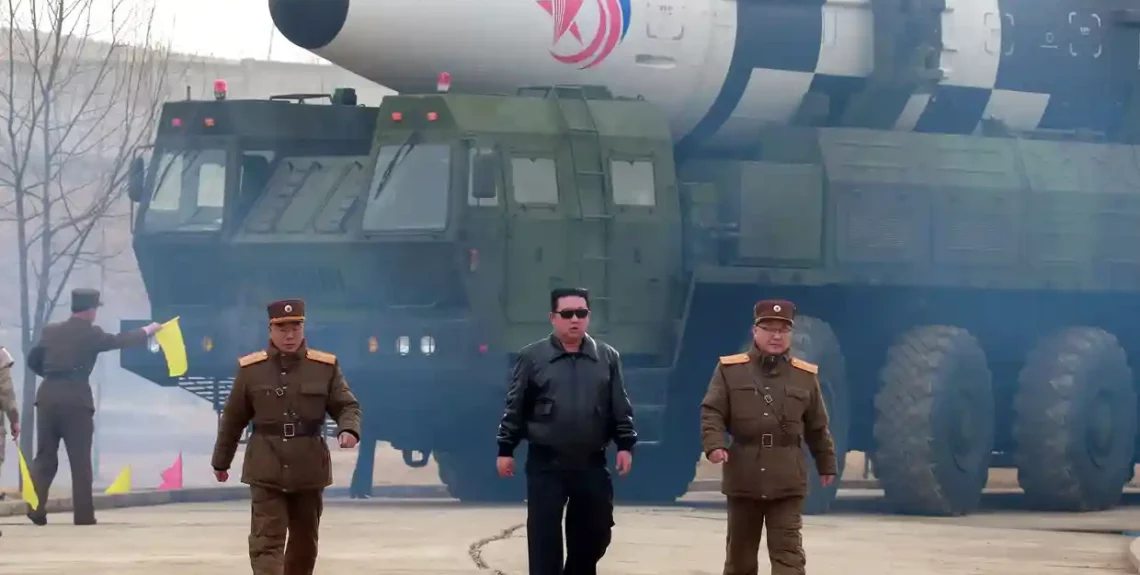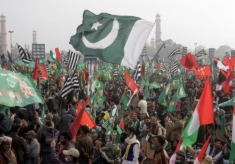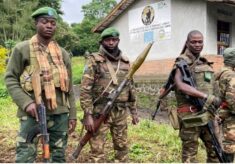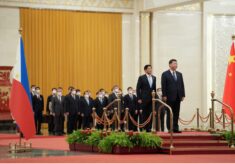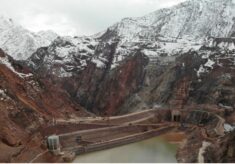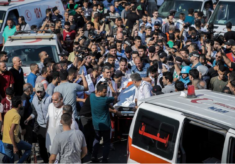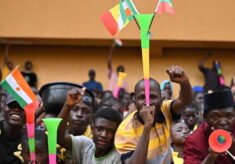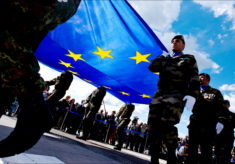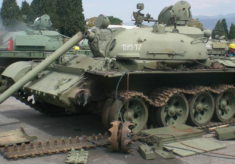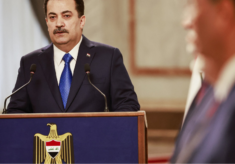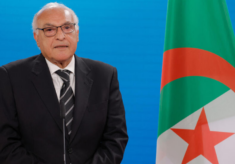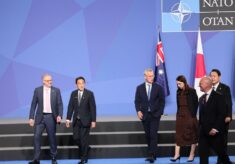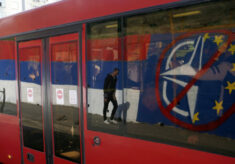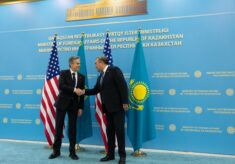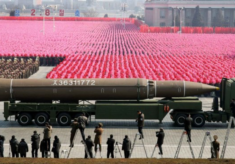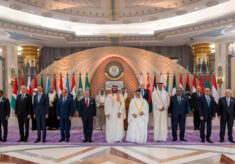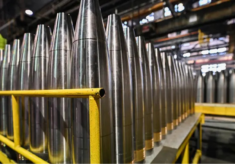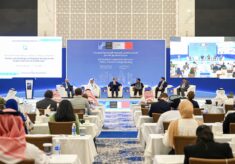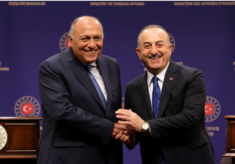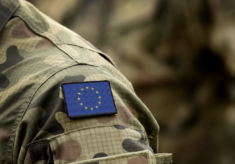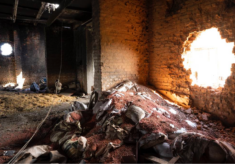The prospects for a “denuclearization of the Korean peninsula”, a concept accepted since 1992 by the two Korean states, are receding. Last September, DPRK leader Kim Jong-un announced a new law which made “the nuclear status of the DPRK irreversible” adding that there would no longer be “any declaration giving up our nukes or denuclearization”. In turn, a South Korean spokesman stated that the South continued to pursue a denuclearization, not of the Korean peninsula but only of North Korea. These are clear steps backwards, making it necessary to explore, even invent, new solutions.
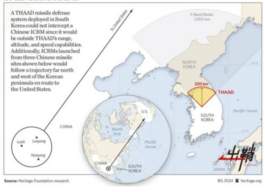
A possible way out from the Korean conundrum might be to revisit the question of the deployment in South Korea of “THAAD” missiles (Terminal High Altitude Area Defense), one of the components of the US anti-missile defence architecture including also shorter- and longer-range systems. As its acronym indicates, THAAD is supposed to intercept ballistic missiles in the final phase of their trajectory. It is mainly deployed outside the US to protect allies and American forces abroad from missile attacks from “minor” opponents such as Iran and North Korea.
THAAD units are reported to have been deployed in Israel and the Arab Emirates and will possibly be supplied to Saudi Arabia. South Korea, one of the countries most exposed to missile attacks, is presently a major destination for this system.
During the mandates of South Korean presidents Kim Dae-Jung and Roh Moo-Hyun in the early 2000s a missile defence option was considered inconsistent with their “Sunshine Policy “of détente towards North Korea. Missile defence, they also argued, could not protect Seoul, the political and economic heart of the country, from the North Korean artillery. The scepticism of these two leaders was not shared by their conservative successors, presidents Lee Myung-Bak and Park Geun-Hye, who were less conciliatory towards the North and had to face the new reality of a nuclear armed DPRK.
This new strategic situation led president Park to accept the US offer of THAAD deployment. However, the first missiles were installed at the time when Ms Park was ousted from office and the moderate Moon Jae-in was elected as her successor. One of Moon’s first decisions was to freeze the THAAD deployment indefinitely. However, this was a short-lived decision as it became one more victim of the Trump/ Kim Jong-un 2018 “summit fiasco”, which also caused a breakdown of the very promising bilateral rapprochement reached by the two Korean states. The unprecedented escalation caused by the failure of the idyll between the two leaders, obliged Moon to defrost the installation of the THAAD systems already present in Korea, excluding however any increase of their number.
This restriction was removed in 2021 by the newly installed president Yoon Suk-Yeol, who allowed further growth of the THAAD units deployed in South Korea. This decision was strongly challenged by China who, from the outset, had expressed strong opposition to that deployment. THAAD became a major irritant in the relations between Seoul and Beijing and the new South Korean administration was now squeezed between its American ally that keeps about 30.000 men lined up in the South and its Chinese neighbour and number one trade partner. The THAAD issue was at the centre of a recent stormy meeting between the foreign ministers of the two countries.
China is aware that, given their nature, THAAD missiles do not present a direct threat to its strategic missiles intended to reach the United States. It is probably more worried by the radar component of the US system which might allow a more immediate identification and possible subsequent interception of Chinese missiles.
The acquisition of nuclear weapons by North Korea, the prime reason for the THAAD deployment, puts China at a double strategic disadvantage: 1) it weakens the nuclear Non-Proliferation Treaty (NPT) that allows China to maintain, together with other four nuclear states, a monopoly on nuclear weapons, 2) it reduces the credibility of the Chinese nuclear deterrent vis-a-vis the United States.
Moreover, Beijing cannot exclude that the unpredictable North Korean leader might one day turn its nuclear weapons against China. Nor can it ignore that South Korea, faced with a persistent northern nuclear threat, might decide to “go nuclear” or ask the USA to re -deploy the nuclear weapons withdrawn from its territory in 1991. These are not abstract speculations as they are being frequently voiced by conservative circles in the South.
In 1979 NATO decided to deploy US medium range nuclear missiles in Europe to counter the threat posed by equivalent Soviet missiles already present on the ground. This decision was instrumental to bringing the Soviet Union into a negotiation that finally resulted in a total withdrawal and prohibition of both American and Soviet missiles through the 1987 INF Treaty.
A similar process could be envisaged for the Korean Peninsula using the THAAD deployment as a key to initiate a negotiation. After completing the deployment of its missiles, the US could offer their withdrawal as well as an ironclad assurance that it would not use nuclear weapons against Pyongyang. In return the US would ask for the dismantlement of the North Korean nuclear arsenal within the framework of a denuclearization of whole Korean Peninsula. To consolidate the deal China might give assurances that it would protect the DPRK under its “nuclear umbrella”. South Korea, which is already covered by the US “umbrella”, would in turn formally reiterate its renunciation to nuclear weapons. In addition, China could propose a bilateral “No First Use” agreement with US similar to the one it stipulated in the past with Russia and India.
This “win-win situation” would finally give substance to the concept of a denuclearization of the entire Korean peninsula, a widely shared goal which presently is only a slogan and a distant mirage.
Carlo Trezza
Carlo Trezza was Italy’s ambassador for Disarmament in Geneva and chaired the Conference on Disarmament, the UN Secretary General’s Advisory Board on Disarmament Affairs and the Missile Technology Control Regime. He is a member of the NDCF Board of Directors.

